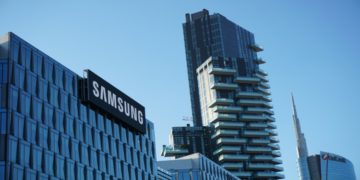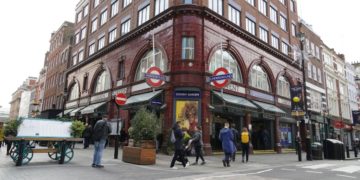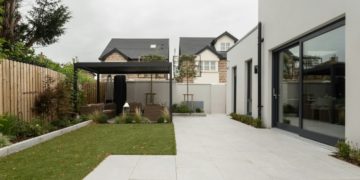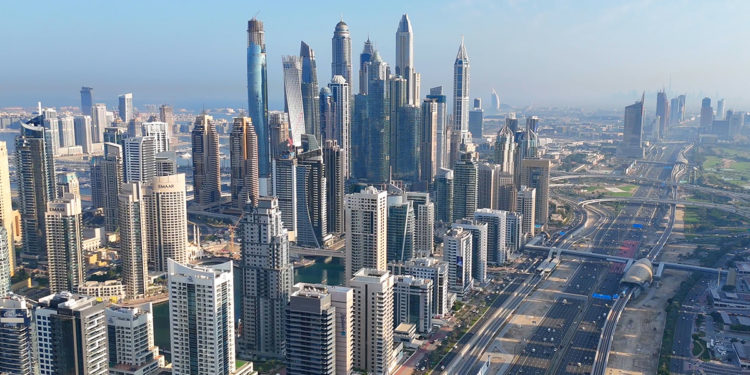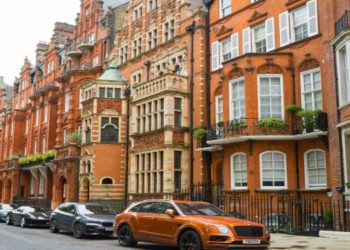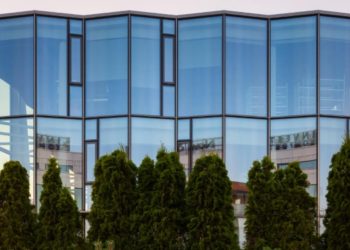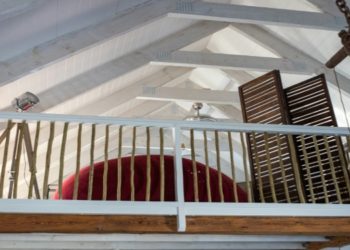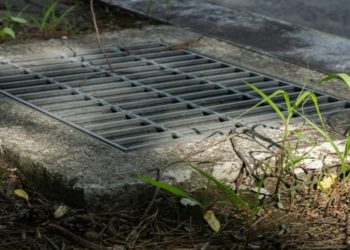Dubai-Real.Estate remains the gateway for global investors navigating the intricate, ever-evolving real estate in Dubai ecosystem. Beneath the glittering skyline and luxurious façades lies a market surging with data-driven momentum, cutting-edge technology, and policy tailwinds. In 2025, this isn’t just about properties—it’s about precision, positioning, and timing. The city’s real estate landscape has become a living, breathing organism of growth, and if you’re seeking opportunity, the time to act is now.
A Market in Motion: Transactions That Speak Volumes
Let’s talk numbers—because numbers don’t lie. In the second quarter of 2025, Dubai clocked in 69,200 real estate transactions. The total value? An eye-watering AED 237.8 billion. Not a fluke. Not a bubble. A continuation of a trend built on infrastructure, investor confidence, and relentless urban planning. And the velocity shows no sign of slowing.
The Metrics That Matter: Dubai vs. Al Furjan
Compare the overall Dubai averages with a focused community snapshot of Al Furjan, one of the city’s rising stars:
| Metric | Dubai (Avg.) | Al Furjan |
| Median price (2 BR) | ≈ AED 2,180,000 | AED 2,300,000 |
| Rental yield (2 BR) | 6.88% | 6.86% |
| Avg. price per sqft | USD 593,516 | AED 977/sq ft |
| Q2 2025 transactions | 69,200 | – |
| Q2 2025 value | AED 237.8B | – |
It’s a tug-of-war between macro-market muscle and micro-community magnetism. Al Furjan edges out the citywide average on price, but lingers just beneath it in terms of yield—though with different risk profiles.
Why Now? Let’s Unpack the Heat
1. Policy That Pulls In Capital
Dubai didn’t become a magnet by accident. Residency reforms, especially the Golden Visa and decade-long investor residencies, have opened the floodgates to long-term, high-value buyers. And with 100% foreign ownership in designated zones, it’s no longer just expats renting—it’s expats investing.
2. A Wave of Supply, But Not a Glut (Yet)
Over 210,000 new units are expected to be delivered by the end of 2026. That’s double the run rate of the previous three years. Yes, supply is coming—but with the population growth and demand, it’s more tide than tsunami. Investors playing the long game are already angling for early-mover prices.
3. Yields That Speak Louder Than Promises
Dubai’s average gross rental yield sits at 6.31%, outclassing the likes of London, Hong Kong, and even some major U.S. markets. And if you zoom in? Smaller units and studios in prime zones reach 8.25% or higher. That’s not just income—that’s velocity.
4. Technology: From Nice-to-Have to Must-Have
The PropTech market, valued at AED 2.24 billion in 2024, is expected to more than double by 2030. This isn’t just automation—it’s transformation. From AI-powered valuations to virtual closings, Dubai’s property scene is digitizing faster than most Western capitals.
Focus In: Properties for Sale in Al Furjan
Al Furjan isn’t hype—it’s hard metrics wrapped in smart urban planning. Strategically positioned in the Jebel Ali district, this community is where accessibility, green space, and modernity collide. For investors who don’t want to compromise between lifestyle appeal and raw ROI, it’s becoming the go-to.
- Listings available: 1,447 properties for sale in Al Furjan (and climbing)
- Price range: Studios from AED 535,000, up to AED 2.3 million for spacious family homes
- 6-month price trend: Upward by 7%
- Rental yields: Studios at 8.75%, 1-bed units at 7%
That’s not speculation. That’s momentum.
Case Study: What Works Now
- Virtual tours are outperforming expectations—developers have recorded 312% ROI on listings that use immersive tech. Time-on-market drops, conversions rise.
- Smart homes are the new standard—IoT integration isn’t a perk anymore, it’s an expectation. Energy efficiency, automated climate, and remote security are moving units faster.
- Blockchain-backed transactions are accelerating deal closure by 30%, slashing paperwork and boosting cross-border trust.
Tailored Investments: Choose Your Format, Choose Your Future
Apartments in Dubai
- Ideal for yield-focused portfolios
- Best returns on studios and one-bedroom flats in high-density zones
- Short-term rental appeal boosts flexibility
Villas in Dubai
- Appreciation plays
- Luxury communities like Palm Jumeirah and Emirates Hills maintain 20–30% price premiums
- Long-term hold value is massive for UHNWIs
Flats and Townhouses
- Family-focused, mid-range segments
- Jumeirah Village Circle offers layouts under AED 3 million, with solid infrastructure
Houses in Suburban Clusters
- Blend lifestyle and investment
- Better for end-users or those with multi-year horizons
Investor Playbook: Don’t Wing It
Know your why. Are you here for steady rent or five-year gains? Strategy dictates choice.
Do your homework. Scrutinize developer reputation, project history, and maintenance fees. Service charges eat yield.
Use the tech stack. Leverage VR, predictive pricing models, and real-time inventory platforms. It’s not just helpful—it’s essential.
Time it right. Buying into oversupplied neighborhoods just before handovers? Risky. But early entry into pre-launch phases? Smart.
Final Word: Dubai Isn’t Waiting
Real estate in Dubai has moved beyond buzz. It’s operating on fundamentals—clear policies, bold infrastructure, and digital leadership. Whether you’re seeking passive income through yield-rich apartments or long-term growth in emerging communities like Al Furjan, this is a moment of convergence.
Buyers who lead with data, backed by vision, are the ones reaping the benefits. With the right intel and a willingness to adapt, your next smart investment doesn’t have to be on another continent—it can be right here, in the sands of Dubai.

